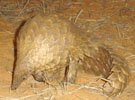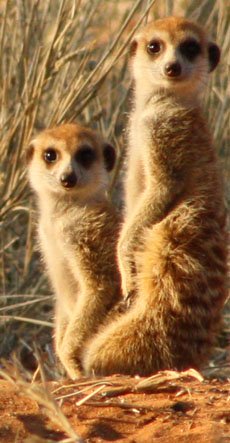For more information about our hunting safaris, don’t hesitate to reach out and contact us!
Uitspan Hunting Pricelist
A hunting trip to Namibia in Africa may be a new idea to you.
What huntable species are available?
What are the trophy- and accommodation-costs?
Will it fit into my budget?
To answer all these questions, we have put this detailed Uitspan Hunting pricelist on our site. You may be surprised to see that hunting in Africa is more affordable than most people think.
The picture-gallery with it, shows how the animals look like. This will help you plan your hunting trip to Namibia according to your choice of species and budget.
If you missed it, have a look at our Hunting Pictures here.
Note...
1. Prices in other currencies (Euro, etc.) can be provided on request.
2. Value Added Tax of 15% will be payable on day rates only. This is according to Namibian law and not included in the daily rates here.
3. Species not on this "most-famous" list, can also be arranged.
4. Our return ground transport fee from the international airport to the hunting area and back again (daily rates for arrival and departure days included), is U$400 (for 1 hunter) and U$350 (per hunter for 2 or more hunters). Transport for observers is free.
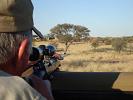 |
Daily Rates 1x1 Hunting: U$380 |
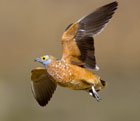 |
Bird Hunting U$150 |
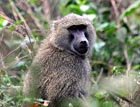 |
Baboon
|
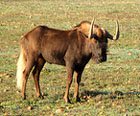 |
Black Wildebeest
|
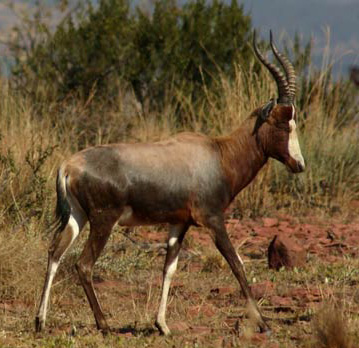 |
Blesbok
|
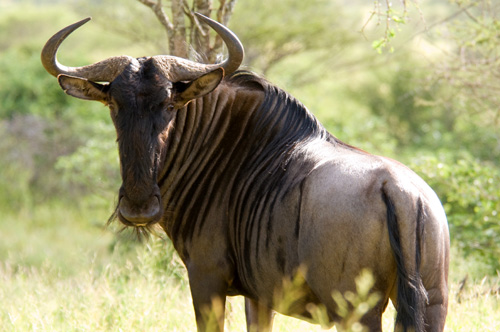 |
Blue Wildebeest
|
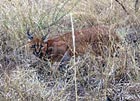 |
Caracal
|
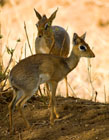 |
Damara Dik-Dik
|
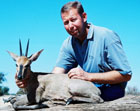 |
Duiker
|
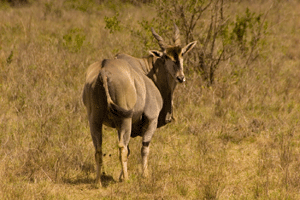 |
Eland
|
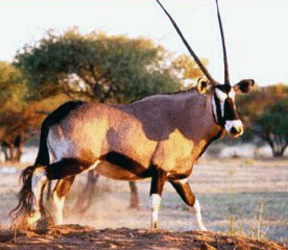 |
|
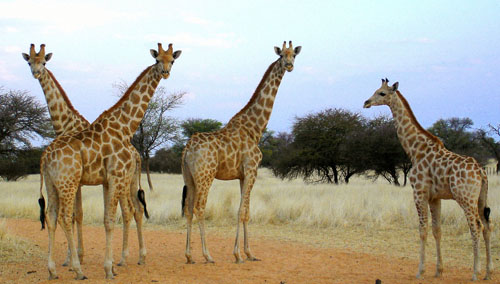 |
Giraffe
|
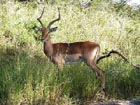 |
Common Impala
|
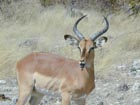 |
Black-faced Impala
|
 |
Jackal
|
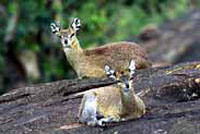 |
Klipspringer
|
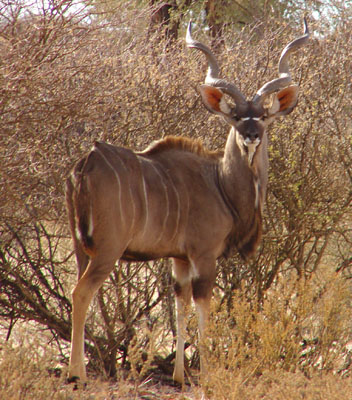 |
|
 |
Ostrich
|
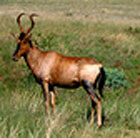 |
Red Hartebeest
|
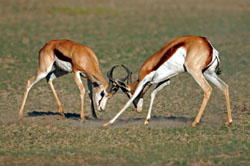 |
|
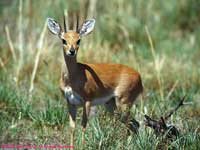 |
Steenbok
|
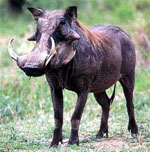 |
Warthog
|
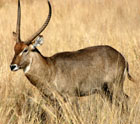 |
Waterbuck
|
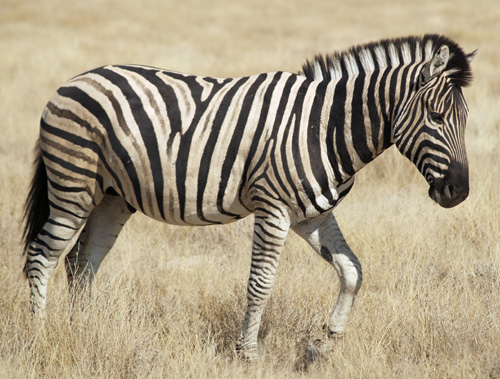 |
Burchell's Zebra
|
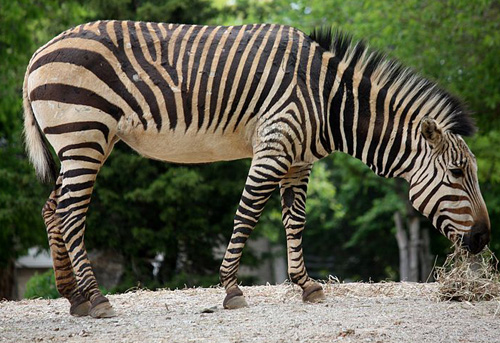 |
Hartmann's Zebra
|
Be sure not to miss our Trophy Gallery which will show you a lot of trophies hunted here on Uitspan Hunting Ranch. To view, click here!
Contact Us for any further enquiries.
Meaning of "Uitspan"
'Uitspan' is an Afrikaans word that means place of rest.
When the Boer settlers moved inland in Southern Africa in the 1800's, they used ox carts. When they found a spot with game, water and green grass, they arranged their ox carts into a circular laager for protection against wild animals and stopped for a rest.
They referred to such an action of relaxation for man and beast, as Uitspan.
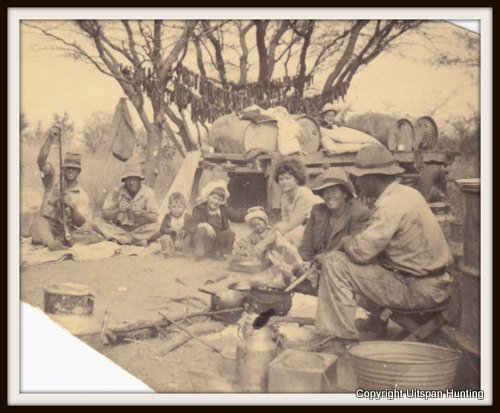
(Picture above of our ancestors.)
Did you know?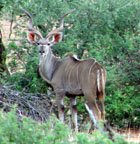 Greater Southern Kudus are famous for their ability to jump high fences. A 2 m (6.56 ft) fence is easily jumped while a 3 m (9.84 ft) high fence is jumped spontaneously. These strong jumpers are known to jump up to 3.5 m (11.48 ft) under stress. |
to read about my experience...
Did you know? Some animals have one sense more than man!The flehmen response is a particular type of curling of the upper lip in ungulates, felids and many other mammals. This action facilitates the transfer of pheromones and other scents into the vomeronasal organ, also called the Jacobson's Organ. Some animals have one sense more than man!The flehmen response is a particular type of curling of the upper lip in ungulates, felids and many other mammals. This action facilitates the transfer of pheromones and other scents into the vomeronasal organ, also called the Jacobson's Organ.This behavior allows animals to detect scents (for example from urine) of other members of their species or clues to the presence of prey. Flehming allows the animals to determine several factors, including the presence or absence of estrus, the physiological state of the animal, and how long ago the animal passed by. This particular response is recognizable in males when smelling the urine of a females in heat. |
